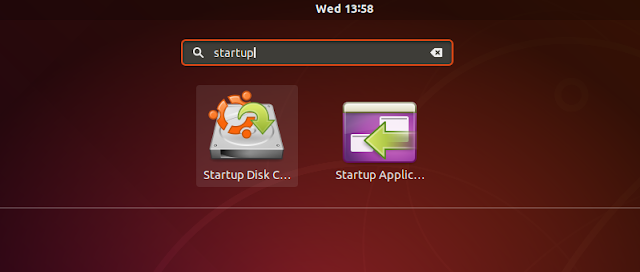

Note that the mount command must either be run as root or using sudo the uid argument makes the mount point owned by the current user rather so that you have permission to copy files into it.Īfter you're finished copying files, unmount the image and you're done. Sudo mount -o loop,uid=$UID -t vfat floppy.img /mnt/floppy In order to copy files to the image, you need to mount the image using the loop device: You now have an empty, but valid, floppy disk image. Once installed, the following command does all the magic:

It should be available in most package repositories.

In order to create floppy disk images, you'll need a copy of dosfstools installed. Now, I just point VirtualBox to the appropriate IMG files, and when I boot Windows (or the Windows installer) it'll see it as a normal floppy drive. has been a huge help compared to keeping up with physical floppy disks, especially since my current desktop no longer supports a floppy drive. Being able to easily generate floppy disk images containing updated answer files, etc.

Newer versions of Windows, I believe, can read from USB drives, but as I only (and infrequently) run Windows inside a virtual machine, I don't have any great need to upgrade. Unfortunately, Windows XP is only capable of reading answer files from the CD itself (which doesn't work for me because I need to be able to change the file) or from a floppy disk. I use a heavily customized installation CD with an answer file to automate Windows installation. Now again, there probably isn't a very widespread need to do this, but in my case I needed to be able to create floppy disk images for my Windows installation CD. Emulators such as VirtualBox and VMware Player can mount virtual floppy images and present them to guest machines as physical disks, just as they can mount CD-ROM ISO images and present them as physical CDs. Although you most likely won't have a very frequent need for this these days, one place where it can come in handy is when dealing with virtual machines. It's possible to create floppy disk images (IMG files) from withing Linux using native Linux utilities.


 0 kommentar(er)
0 kommentar(er)
